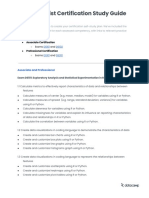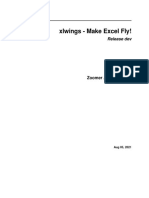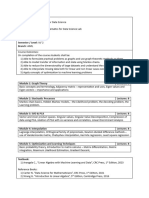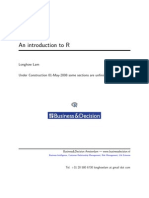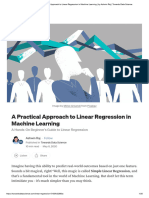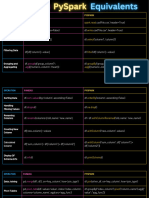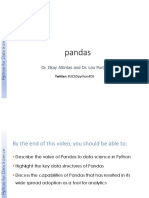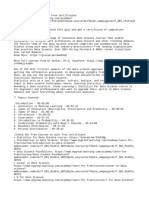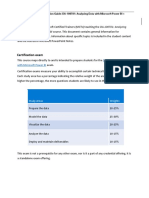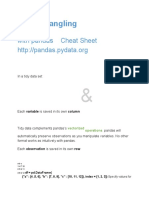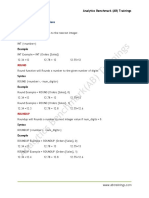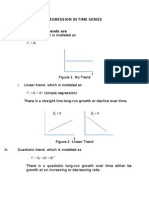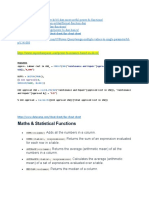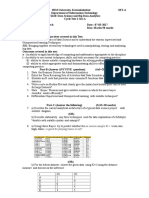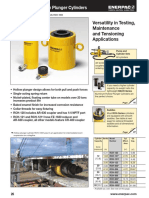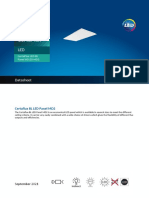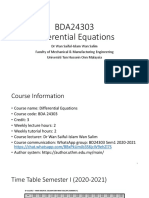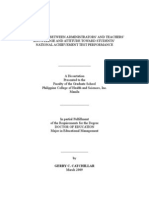0% found this document useful (0 votes)
301 views2 pagesPython Data Associate Certification Study Guide
rfs
Uploaded by
ujjwal1807Copyright
© © All Rights Reserved
We take content rights seriously. If you suspect this is your content, claim it here.
Available Formats
Download as PDF, TXT or read online on Scribd
0% found this document useful (0 votes)
301 views2 pagesPython Data Associate Certification Study Guide
rfs
Uploaded by
ujjwal1807Copyright
© © All Rights Reserved
We take content rights seriously. If you suspect this is your content, claim it here.
Available Formats
Download as PDF, TXT or read online on Scribd
/ 2
